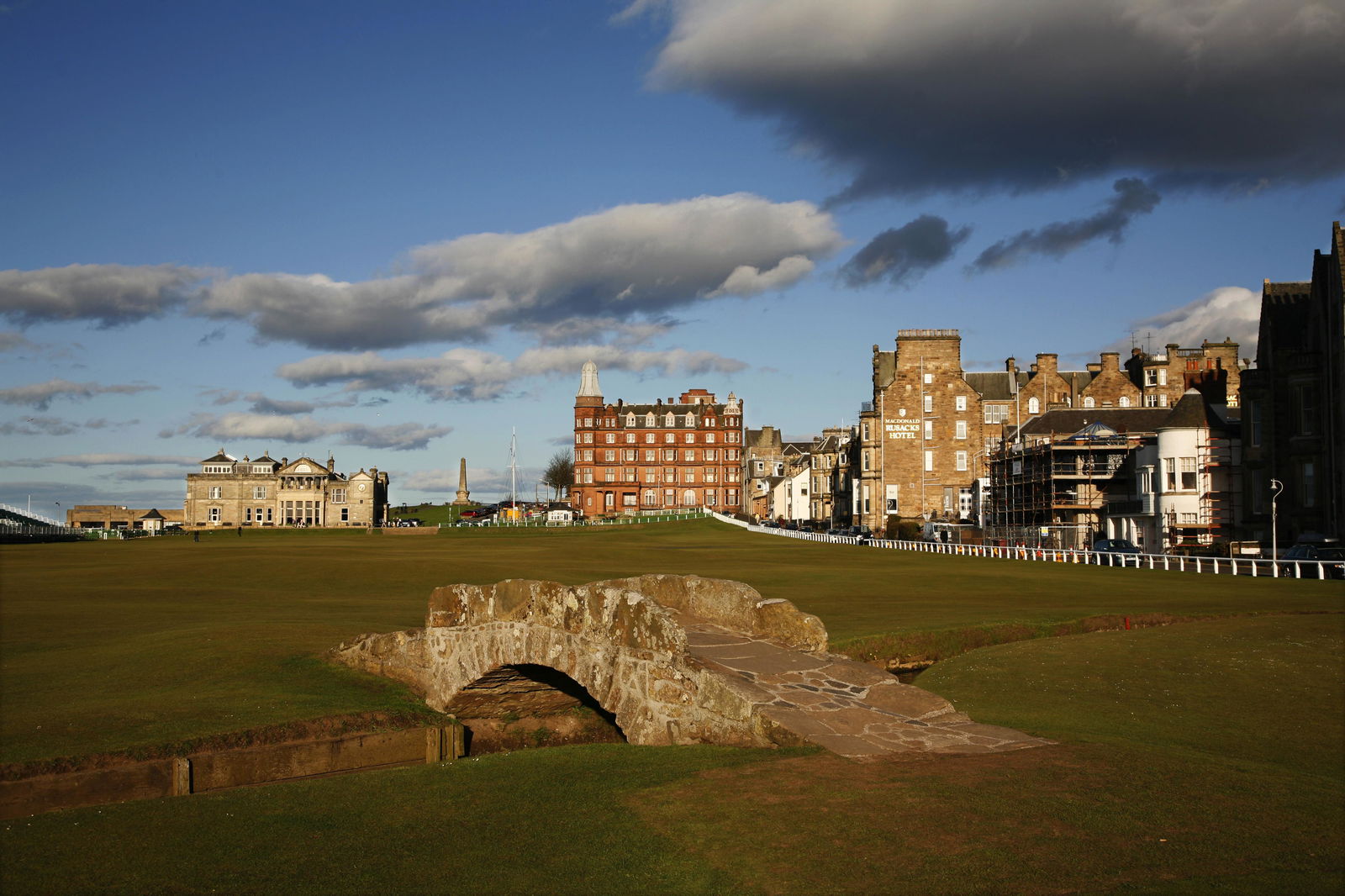Hot v Cold golf balls conclusion
Do warm golf balls really travel further than cold ones? We got up early to find out...

So what did I learn?
As I’ve mentioned before, science isn’t my strong point and it was somewhat of a miracle I secured a ‘B’ in GCSE Physics, Chemistry and Biology. Yet from my course findings out in the cold, and yes this might be obvious, I can safely say the hotter the golf ball (or higher the temperature), the further it travels.
Once back to base, I called up Bridgestone ball fitting technician Danny Osborne - who fitted me to the Bridgestone Tour B330-S last year - to gain a better understanding of why warmer golf balls travel further than colder ones. Thankfully he had all the answers.
Danny explained to me that because cold air is denser than warm air, this in turn creates the additional drag on the golf ball.
“Hello Andy, are you still with me,” he said.
The difference in golf ball distance, estimates Danny, is about two yards of carry for every 10°F change in temperature. The temperature change during my two loops of four holes was 14.4°F.
Looking at my results from the two sets of four holes, comparing my warm morning ball (played in temperature 37.4°F) with afternoon ball (played in conditions 51.8°F), Danny would appear to be spot on…
Results
1st hole, Par-4 (white tees with driver) - Morning Drive: 241 yards; Afternoon Drive: 244 yards… AFTERNOON WINS
1st hole, Par-4 (same position with 8-iron) – Morning Approach: 30-feet short of pin; Afternoon Approach: 17-feet pin high… AFTERNOON WINS
2nd hole, Par-3 (white tees with 6-iron) - Morning Iron: 36-feet short; Afternoon Iron: Bunker, pin high right… AFTERNOON WINS
3rd hole, Par-4 (white tees with driver) – Morning Drive: 262 yards; Afternoon Drive: 256 yards … MORNING WINS
3rd hole, Par-4 (same position with 9-iron) – Morning Approach: 20-feet behind pin; Afternoon Drive: 20-feet behind pin… DRAW
4th hole, Par-3 (white tees with 9-iron) – Morning Iron: 18-feet short; Afternoon Iron: 4-feet behind pin… AFTERNOON WINS
With the exception of a decent morning drive with the warmer ball on the par-4 third, the results show the Bridgestone Tour B330-S ball travelled much further on average in the warmer afternoon conditions.
Danny went on to explain that because the golf ball is made of rubber, it becomes much more resilient when it’s hot…
“When rubber is more resilient this enables greater energy transfer to the core of the golf ball and creates more ball speed resulting in greater distance.
“A similar example would be how tyres perform in different temperatures. When cold they do not produce good grip to the road. When hot (more resilient) they provide a better performance.
“As you can no doubt see from your results today, it’s clear that when air temperature is cold, the air becomes denser making it harder for the ball to travel (loses speed quicker). This results in a shorter shot.
“On top of this, and probably the most important thing to note, is that when the ball is cold, it’s harder to compress. In which case, a lower compression ball is more suited to these conditions (making it easier to get energy into the centre of the golf ball. This results in faster ball speed and further distance.”
It’s frightening to think how much of a difference the golf ball travels when we’re out playing in the summer at around the 70°F mark, for example, in comparison to my morning round where the temperature wavered 3°C (37.4°F). Going by the estimate of golf ball distance change, you’d be looking at a loss of more than six yards on average.
Click this link for for our feature on Bridgestone ball fitting


